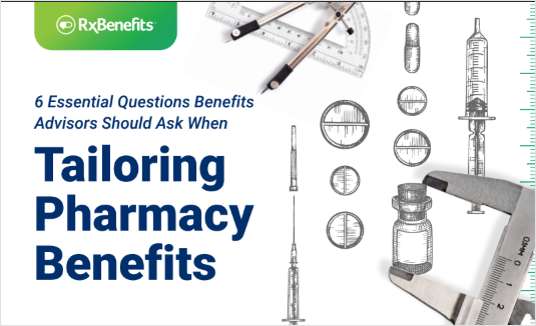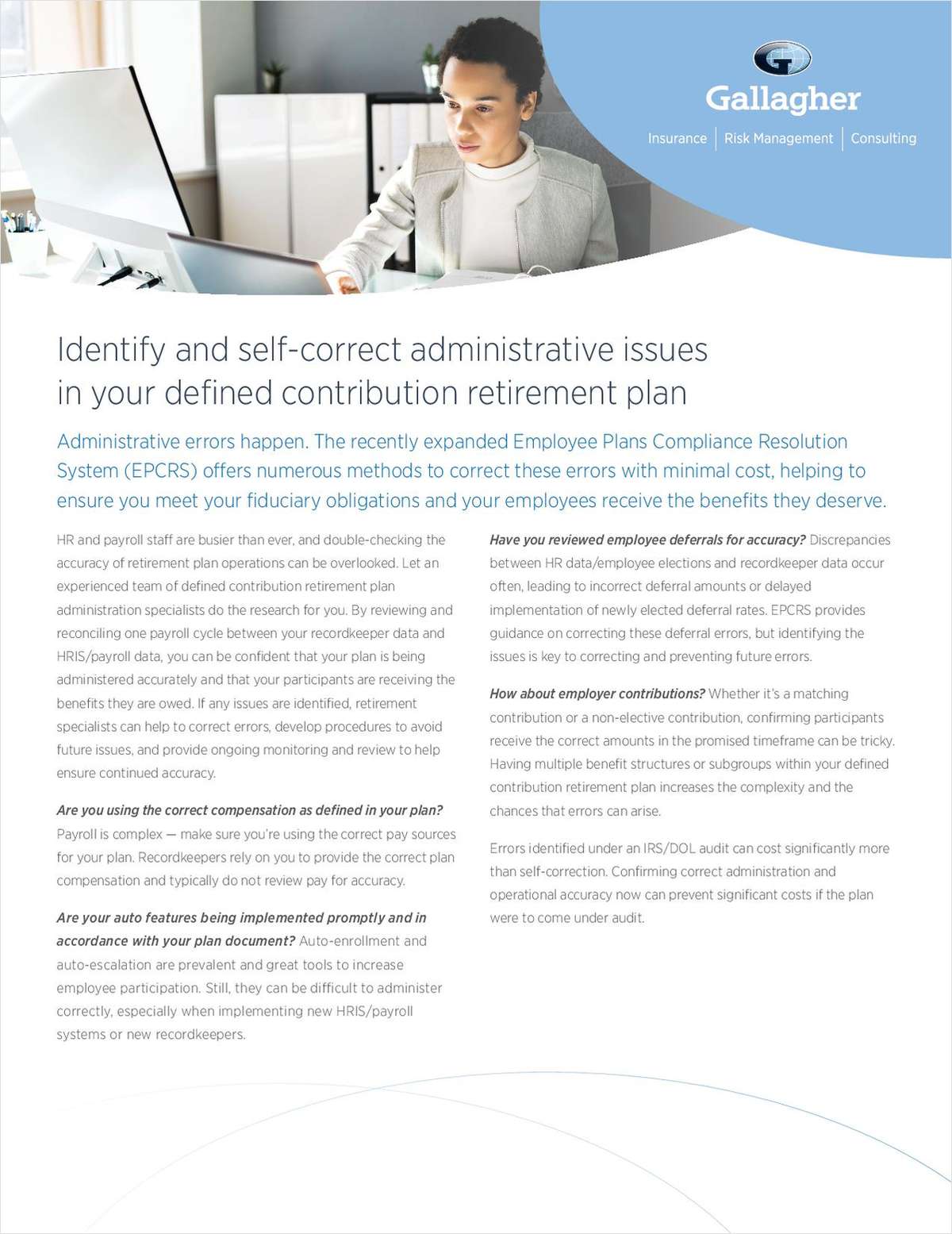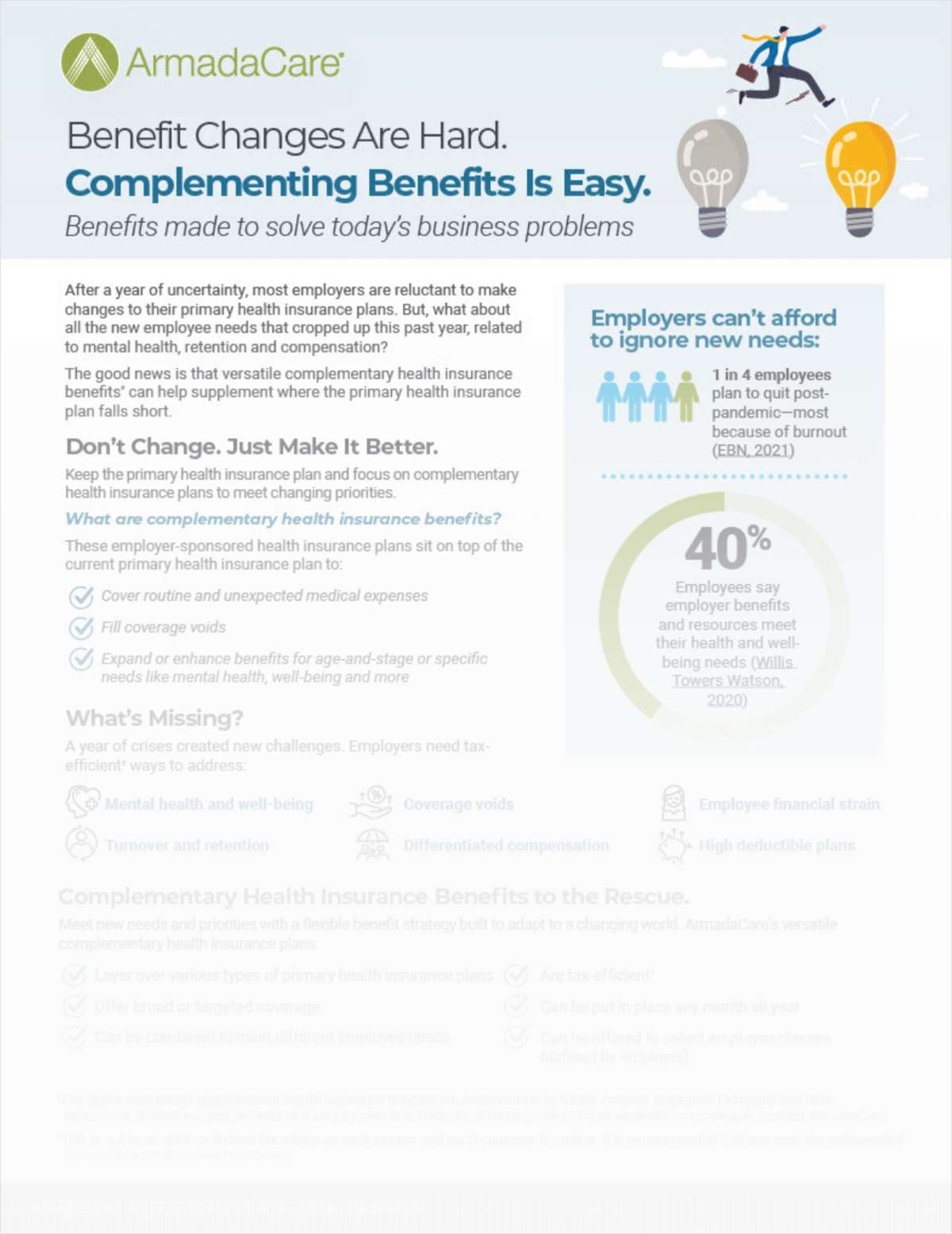Which jobs are the most prone to be automated, and where in the U.S. is that most likely to occur? "From automotive manufacturing to cashiers, automation has already started to disrupt occupations and industries across the country," writes Kempler Industries in its blog post, "Automation Nation." "Occupations within the service industry are some of the hardest hit in terms of being at risk for automation, specifically cashiers, retail salespersons and fast food employees." Overall, roughly 41 million, or 28 percent of all U.S. jobs, are most susceptible to automation, Kempler found. To find out where that will most likely occur, the used machinery dealer analyzed state and metropolitan data from the Bureau of Labor Statistics, based on the top 170 most "at-risk" occupations according to the University of Oxford's "The Future of Employment: How Susceptible are Jobs to Computerisation" study. Related: How automation will impact the next generation of work The Oxford researchers analyzed the probability of automation for 702 occupations by using an algorithm that considered several factors within each occupation including negotiation, social perceptiveness, manual dexterity, persuasion and originality. "Our model predicts that most workers in transportation and logistics occupations, together with the bulk of office and administrative support workers, and labour in production occupations, are at risk," the researchers write. "More surprisingly, we find that a substantial share of employment in service occupations, where most U.S. job growth has occurred over the past decades are highly susceptible to computerization," they write. "Additional support for this finding is provided by the recent growth in the market for service robots and the gradually diminishment of the comparative advantage of human labour in tasks involving mobility and dexterity." It's no surprise, then, that one of the states hardest hit is Florida, with its high percentage of service jobs, Kempler found. Moreover, Florida is home to the most cities within the top 10 list of the country's largest MSAs. Four metro areas in the Sunshine State including Miami, Tampa, Orlando and Jacksonville could all see 29 percent or more of their current workforce lost to automation, or 5.8 million jobs. "Automation has the potential to fundamentally transform industries, jobs and lives, but the scale and pace of that transformation remains to be seen," Kempler writes. "As automation continues to make advancements in both our personal and professional lives, it will be interesting to see how industries and people adapt to these changes." Check out the most vulnerable jobs, states and large metropolitan areas in the slideshow above. Read more: |
Complete your profile to continue reading and get FREE access to BenefitsPRO, part of your ALM digital membership.
Your access to unlimited BenefitsPRO content isn’t changing.
Once you are an ALM digital member, you’ll receive:
- Breaking benefits news and analysis, on-site and via our newsletters and custom alerts
- Educational webcasts, white papers, and ebooks from industry thought leaders
- Critical converage of the property casualty insurance and financial advisory markets on our other ALM sites, PropertyCasualty360 and ThinkAdvisor
Already have an account? Sign In Now
© 2024 ALM Global, LLC, All Rights Reserved. Request academic re-use from www.copyright.com. All other uses, submit a request to [email protected]. For more information visit Asset & Logo Licensing.








